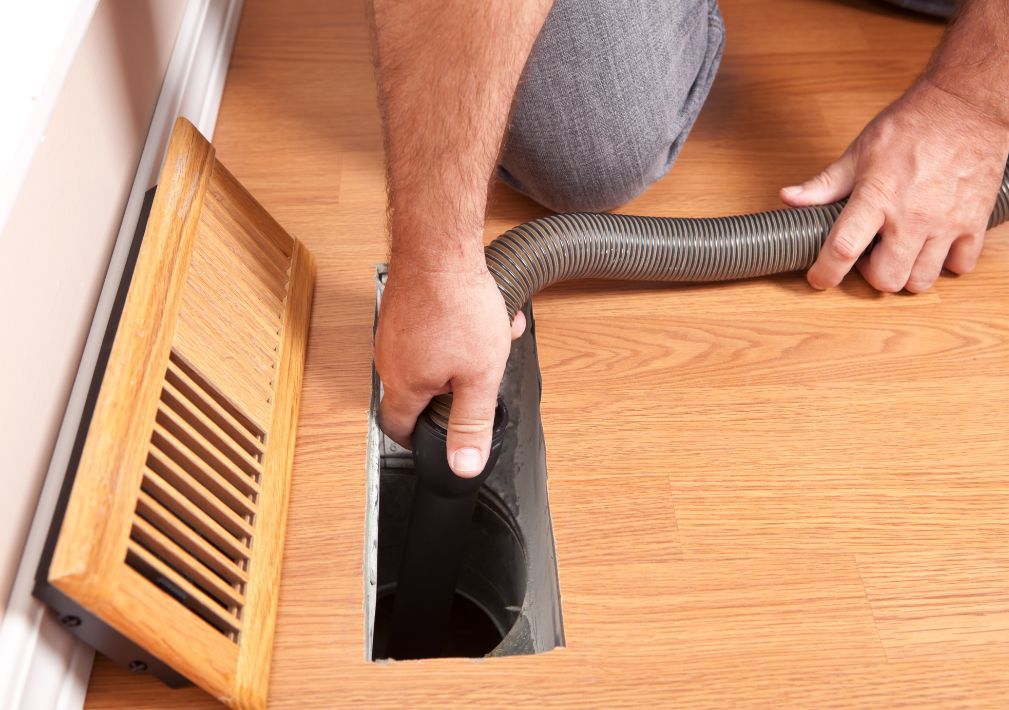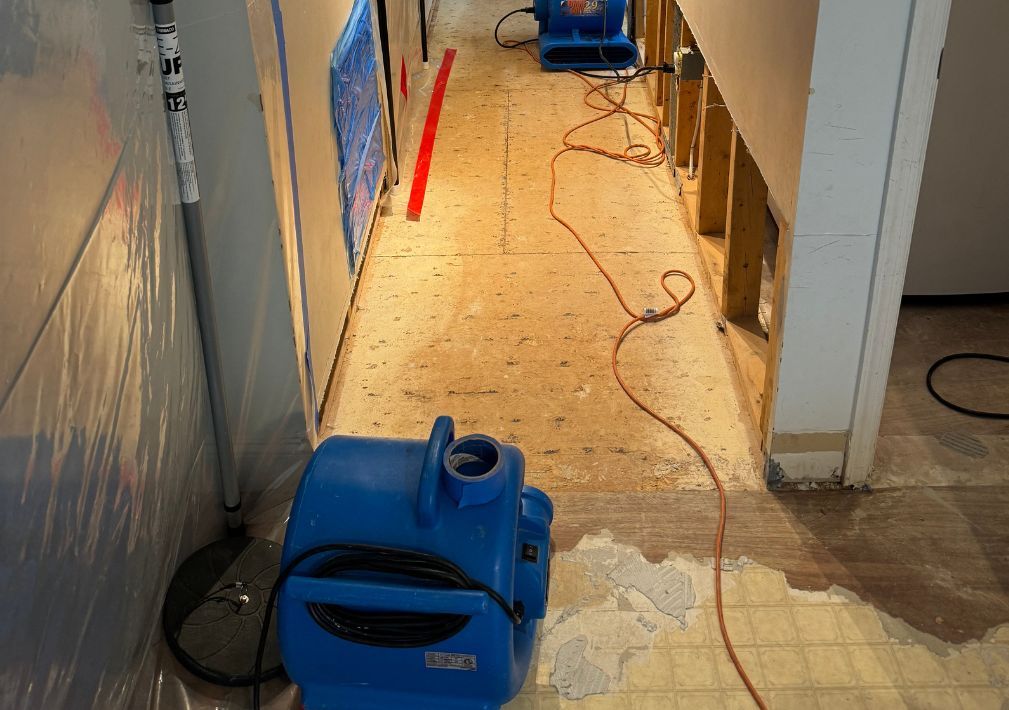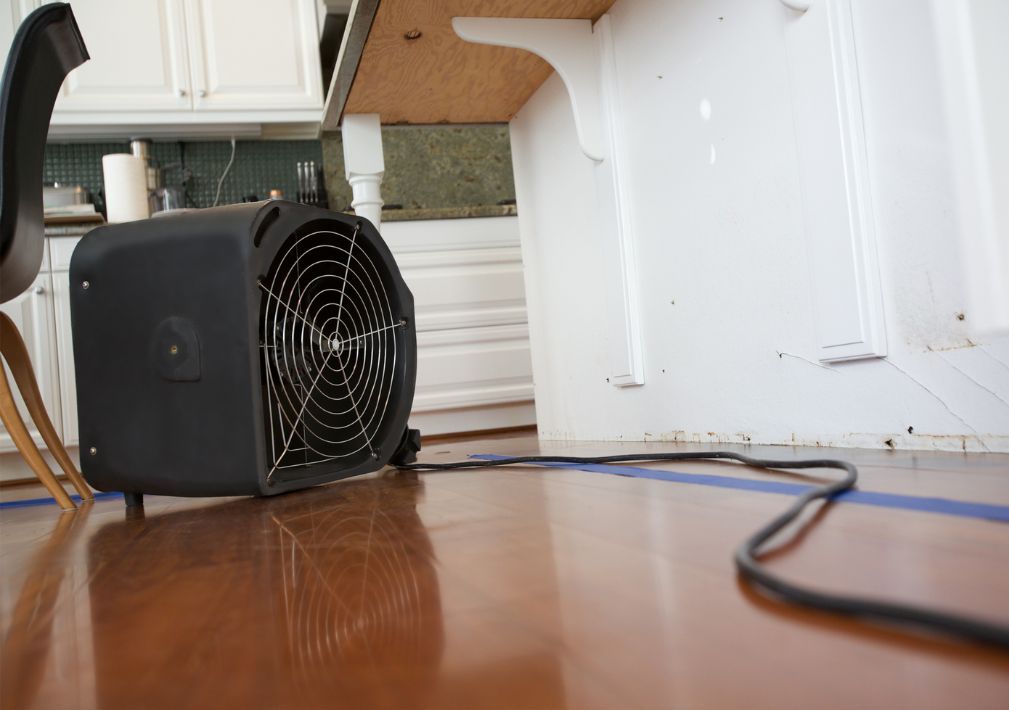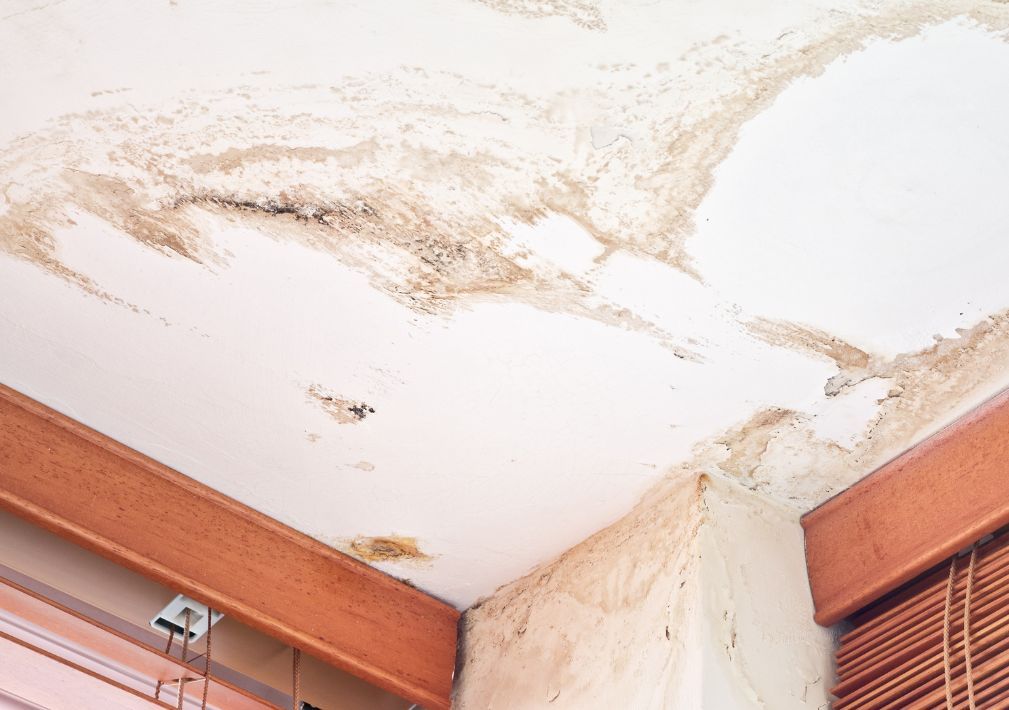The Impact of Carpet Cleaning on Allergy Management
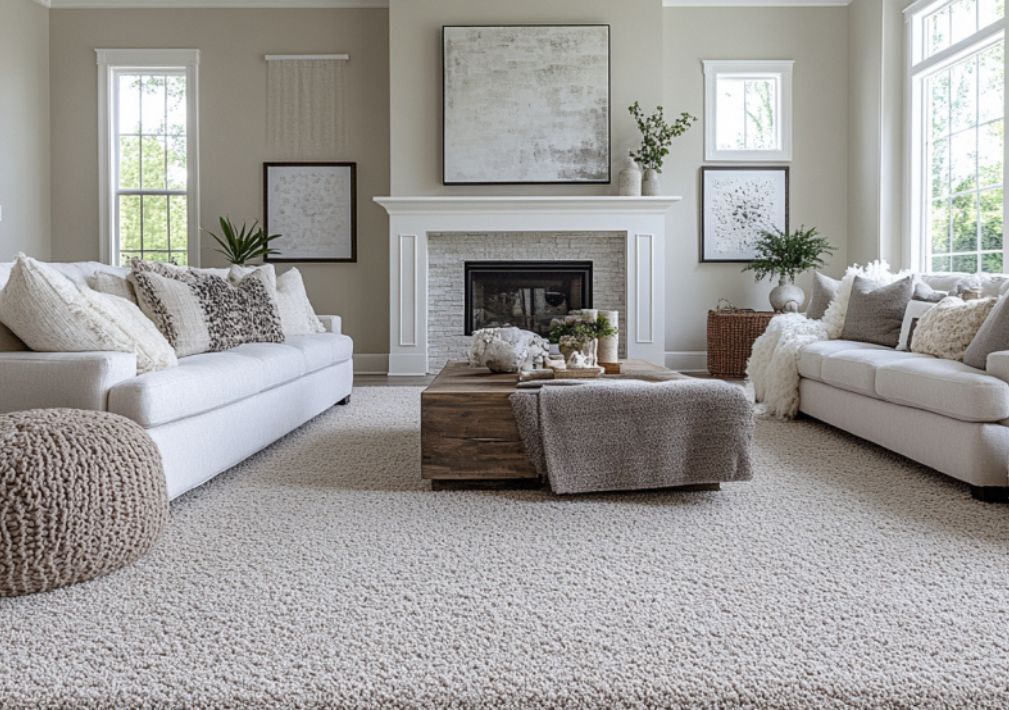
Regular carpet cleaning reduces allergens like dust mites, pet dander, and pollen, improving indoor air quality and easing allergy symptoms. Professional deep cleaning removes trapped particles more effectively than vacuuming alone, creating a healthier home environment.
Allergies are a common health issue affecting millions of individuals worldwide. Symptoms like sneezing, coughing, and itchy eyes can significantly impact daily life, making it essential to understand the various triggers that exacerbate these conditions. While many people are aware of outdoor allergens like pollen and mold, fewer recognize the substantial role indoor air quality plays in allergic reactions. Carpets, a beloved choice for flooring due to their comfort and aesthetic appeal, can often trap allergens within their fibers, worsening allergy symptoms. In this blog, we will delve into how carpets influence indoor air quality and explore the vital role of professional carpet cleaning in effective allergy management.
Understanding Allergies and Indoor Air Quality
Allergies occur when the immune system overreacts to substances known as allergens. These allergens can be found in various environments, with common indoor triggers including dust mites, pet dander, mold spores, and even certain household products. When indoor air quality is poor, the concentration of these allergens increases, leading to heightened allergic reactions and respiratory issues.
Indoor air quality can be affected by several factors, including inadequate ventilation, humidity levels, and the presence of indoor pollutants. For instance, high humidity can encourage mold growth, while stale air can cause allergens to become trapped indoors. By being proactive about maintaining good indoor air quality, homeowners can help mitigate allergy symptoms. Regularly monitoring and controlling humidity levels, ensuring proper ventilation, and implementing effective cleaning practices can all contribute to a healthier indoor environment.
In addition to traditional cleaning methods, understanding the composition of household items, such as carpets, can help allergy sufferers make informed decisions about their living spaces.
How Carpets Can Trap Allergens
While carpets add warmth and character to a home, they can also pose a significant risk for allergy sufferers. Carpets can trap dust, dirt, pet hair, and other particles deep within their fibers, creating a hidden reservoir of allergens. Everyday activities such as walking, playing, and even vacuuming can dislodge these trapped particles, sending them into the air and increasing the likelihood of allergic reactions.
Carpets may enhance the comfort and aesthetic appeal of your home, but they can also harbor a variety of allergens that contribute to poor indoor air quality. Here are seven ways carpets trap allergens, making them a hidden health concern for allergy sufferers:
- Dust Mites Galore
Carpets provide a warm, cozy environment for dust mites to thrive. These microscopic creatures feed on dead skin cells, which are naturally shed by humans and pets. With carpets being a prime collection point for skin flakes, they can become a breeding ground for dust mites, leading to increased allergy symptoms. - Pet Dander Accumulation
For pet owners, carpets can trap hair and dander that pets shed. Even if you regularly groom your furry friends, microscopic dander can settle deep within carpet fibers, making it challenging to remove completely. This trapped dander can trigger allergic reactions and respiratory issues. - Mold Growth
Carpets can retain moisture from spills, humidity, or inadequate cleaning. This dampness creates an ideal environment for mold and mildew to flourish. When disturbed, mold spores can become airborne, leading to allergic reactions and other health concerns. - Pollen Particles
Pollen from trees, grasses, and weeds can easily make its way indoors, especially during allergy season. Once inside, pollen particles can settle into carpet fibers and remain there for an extended period, exacerbating allergy symptoms for those sensitive to these allergens. - Dust and Dirt Buildup
Everyday activities stir up dust and dirt, allowing them to settle into carpet fibers. Regular cleaning may not be enough to remove the buildup, particularly in high-traffic areas. Over time, this accumulation can lead to a significant increase in allergens present in your home.
Carpets can retain moisture, especially in humid conditions or if spills are not promptly addressed. This damp environment provides an ideal breeding ground for mold and mildew, further complicating allergy management. When mold spores are released into the air, they can cause respiratory problems and exacerbate allergic reactions. Therefore, for those sensitive to allergens, carpets can become a hidden source of discomfort and health issues that require regular attention.
It’s important for homeowners to recognize that simply vacuuming may not be enough to address the accumulated allergens in carpets. This realization underscores the importance of professional carpet cleaning services that specialize in deep cleaning and allergen removal.
The Role of Professional Carpet Cleaning in Allergy Management
Professional carpet cleaning plays a crucial role in managing allergies for those with sensitivities. Regularly scheduled cleanings go beyond surface-level dirt removal to eliminate deeply embedded allergens that can significantly impact indoor air quality. By utilizing advanced cleaning techniques and equipment, professional cleaners can reach areas that typical vacuuming often misses, ensuring a thorough and effective clean.
Investing in professional carpet cleaning services not only enhances indoor air quality but also helps alleviate allergy symptoms for many individuals. A clean carpet can lead to reduced allergy triggers in the home, providing relief for those affected. It’s essential to choose a reputable cleaning company that employs eco-friendly products and methods to minimize exposure to harsh chemicals, which can also trigger allergic reactions. By prioritizing professional cleaning, homeowners can create a healthier living space for themselves and their families.
Techniques Used in Professional Carpet Cleaning
Professional carpet cleaning involves several techniques, each tailored to effectively remove allergens, dirt, and stains. Here are some of the most common methods used by professionals:
- Hot Water Extraction (Steam Cleaning): This widely-used method involves injecting hot water mixed with a cleaning solution into the carpet fibers. The heat helps to dissolve dirt and allergens, which are then extracted by a powerful vacuum. This technique is particularly effective for removing stubborn stains and deep-seated allergens.
- Dry Cleaning: In this method, a dry cleaning solvent is applied to the carpet, which binds to dirt and allergens. After allowing the solvent to work its magic, a vacuum removes the residues along with the trapped particles. This method is beneficial for delicate carpets that cannot withstand moisture.
- Shampooing: Carpet shampooing involves applying a specialized cleaning solution to the carpet and using a machine to agitate it, lifting dirt and allergens to the surface. After the shampooing process, the carpet is rinsed and dried, leaving it clean and fresh.
- Encapsulation: This innovative method utilizes a unique cleaning solution that encapsulates dirt and allergens, allowing them to be easily vacuumed away once the carpet has dried. This technique is effective for maintenance cleaning and helps prolong the life of carpets.
Each of these techniques has its advantages, and the choice often depends on the type of carpet, the level of soiling, and specific allergy concerns. Consulting with a professional cleaning service can help homeowners determine the best approach for their carpets.
The Final Thoughts On Carpet Cleaning
Carpets can have a profound impact on indoor air quality and contribute to allergy symptoms. However, with regular professional carpet cleaning, homeowners can effectively manage allergens and create a healthier living environment. By understanding how carpets trap allergens and the benefits of various cleaning techniques, individuals can take proactive measures to improve their home’s air quality.
At Voda Cleaning and Restoration of Virginia, Maryland & DC, we are committed to enhancing indoor air quality through our expert carpet cleaning services. Our trained professionals utilize effective techniques and eco-friendly products to ensure your carpets are not only clean but also safe for you and your family. Don’t let allergens dictate your comfort—contact us today to schedule your carpet cleaning appointment and take the first step towards a healthier home!
Frequently Asked Questions
How does carpet cleaning help with allergies?
Carpet cleaning helps remove allergens such as dust mites, pet dander, mold spores, and pollen that can accumulate in carpets over time. By deep cleaning carpets, these allergens are eliminated, improving indoor air quality and reducing allergy symptoms.
How often should I have my carpets professionally cleaned to manage allergies?
It is generally recommended to have carpets professionally cleaned at least once a year, especially if you or family members suffer from allergies. However, in high-traffic areas or homes with pets, more frequent cleanings every 6 to 8 months may be beneficial.
Can regular vacuuming help with allergies?
Yes, regular vacuuming is essential for maintaining clean carpets and managing allergens. Use a vacuum cleaner equipped with a HEPA filter to effectively trap allergens and prevent them from being released back into the air.
Are there specific carpet cleaning products that are better for allergy sufferers?
Look for eco-friendly and hypoallergenic carpet cleaning products that do not contain harsh chemicals or strong fragrances. These products are less likely to irritate allergies and are safer for individuals with sensitivities.
More Blogs
Categories
